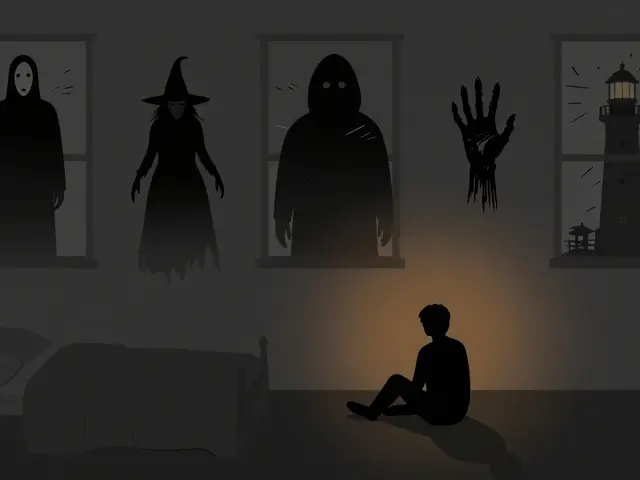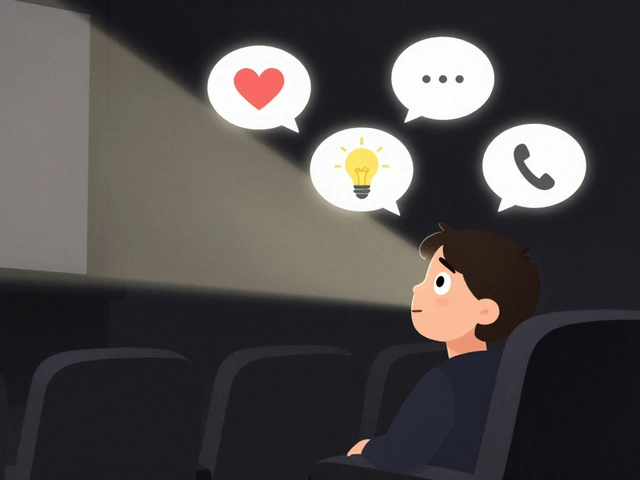Cinema Camera: What It Is, How It Works, and What You Need to Know
When you think of cinema camera, a professional-grade video capture device designed for high-quality motion picture production. Also known as film camera, it's not just a tool—it's the foundation of how stories are visually told in movies, TV shows, and high-end commercials. Unlike regular cameras or even high-end DSLRs, cinema cameras are built for control, durability, and image quality that can handle the demands of post-production at a studio level. They capture raw, uncompressed data, offer interchangeable lenses, and give filmmakers real-time control over exposure, focus, and color science—something you can’t get from a smartphone or even most consumer camcorders.
What makes a cinema camera different? It’s the digital cinema, a category of professional video equipment designed specifically for motion picture capture and post-production workflows ecosystem around it. These cameras work with professional codecs like ProRes, DNxHR, or REDCODE, and they often record to high-capacity media like CFast or RED MINI-MAGs. They’re paired with rigs, follow focuses, matte boxes, and external monitors—gear that turns a camera into a complete production system. And while many people think you need a $50,000 rig to make something look cinematic, the truth is, even mid-range cinema cameras like the Blackmagic Pocket Cinema 6K or Sony FX3 are now powerful enough for indie filmmakers to deliver broadcast-quality results.
These tools don’t exist in a vacuum. They connect directly to the video production, the entire process of creating motion pictures, from planning and shooting to editing and delivery pipeline. A cinema camera’s output feeds into editing software like Premiere Pro or Final Cut Pro, where color grading, sound design, and visual effects come into play. The quality of the footage you capture with your cinema camera determines how much flexibility you have later. If you shoot in 8-bit 4:2:0, you’re limiting your options. Shoot in 10-bit 4:2:2 or higher, and you can fix exposure issues, pull details from shadows, and match shots across multiple cameras—something editors and colorists rely on daily.
Who uses these cameras? Indie filmmakers, documentary crews, commercial studios, and even major Netflix or Amazon series rely on them. You’ll see them on sets big and small—from a single-person documentary shoot in a remote village to a multi-camera Hollywood production. The rise of affordable cinema cameras has flipped the script: you don’t need a studio budget to get studio-quality footage. What matters now is knowing how to use the tool, not just owning it.
And that’s where the posts here come in. You’ll find guides on hardware setups that pair with cinema cameras, comparisons between editing tools that handle their footage, and real-world breakdowns of what makes professional video look the way it does. Whether you’re just starting out or looking to upgrade your gear, the content below gives you the practical knowledge you need—no fluff, no hype, just what works.
23
RED Cameras Guide: Understanding the Cinema Standard
RED cameras set the standard for professional cinema. Learn why filmmakers choose RED for 8K resolution, unmatched dynamic range, and color grading flexibility - and whether it's right for your project.
Latest Posts
Popular Posts
-
 Data Management: DIT, Backups, and Archival Best Practices for Video Teams
Data Management: DIT, Backups, and Archival Best Practices for Video Teams
-
 Best Horror Movies on Streaming Services Right Now
Best Horror Movies on Streaming Services Right Now
-
 Why Subtitles Aren't Working: Fix Common Video Text Issues
Why Subtitles Aren't Working: Fix Common Video Text Issues
-
 How Roommates Can Fairly Share Wi-Fi and Streaming Costs
How Roommates Can Fairly Share Wi-Fi and Streaming Costs
-
 Breakout Indies at the Box Office: How Word-of-Mouth Made These Films Blockbusters
Breakout Indies at the Box Office: How Word-of-Mouth Made These Films Blockbusters


